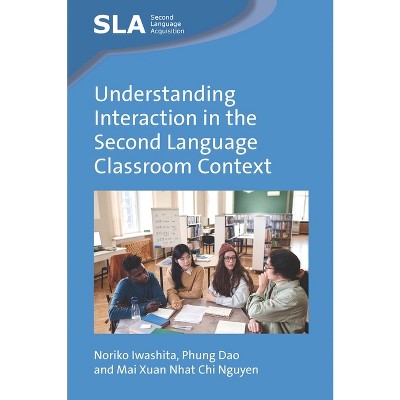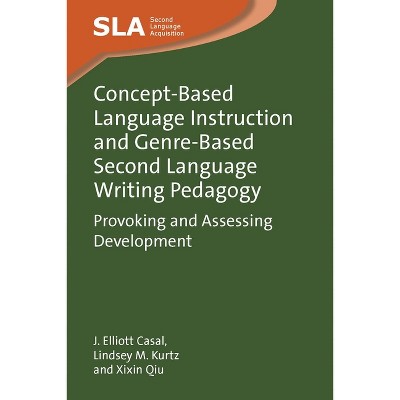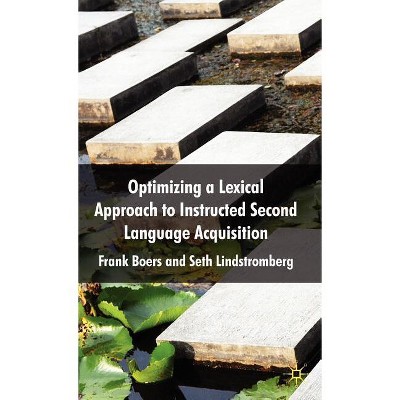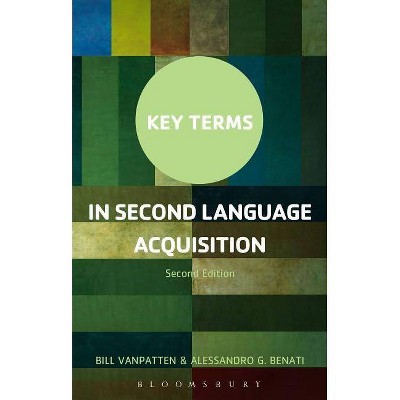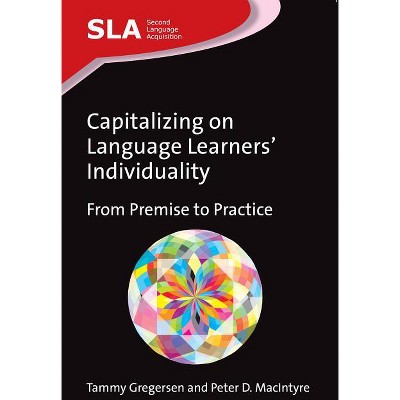On Second Language Learner Acquisition of English Collocations - (Education) by James Martin Rogers (Hardcover)

About this item
Highlights
- Collocations are words that commonly co-occur, such as 'jury' and 'verdict.'
- Author(s): James Martin Rogers
- 130 Pages
- Foreign Language Study, English as a Second Language
- Series Name: Education
Description
Book Synopsis
Collocations are words that commonly co-occur, such as 'jury' and 'verdict.' Collocational fluency is an essential aspect of second language fluency. Learning a language via collocations improves upon the efficacy of language acquisition because it essentially kills three birds with one stone: students learn vocabulary, collocations, and also subconsciously absorb the grammar patterns of language through mastery of these chunks of language. This is, in fact, similar to the way native speakers learn language and an efficient way to become fluent.
This book will detail efforts to create and then apply a methodology to develop a large-scale high-frequency collocation list and custom-tailored collocation resources for Japanese, Chinese, and Korean learners to study directly and for practitioners to utilize as reference materials to create additional resources.
Presented in this book is a novel approach taken to fill a major gap in the research and to create large-scale resources that were previously unavailable. Therefore, this book should be considered a valuable contribution to research that aims to help second language learners more effectively achieve fluency in English as a second language.
Review Quotes
Research suggests that mastering collocations is crucial for learning English as it enhances both accuracy and fluency. However, many questions remain regarding how to promote English collocation learning effectively. "On Second Language Learner Acquisition of English Collocations" by Dr. James Martin Rogers offers a thorough review of existing research on collocation learning and outlines a novel process of creating a research-based list of useful English collocations. This book is significant as it introduces new methods to identify useful collocations and provides valuable resources for facilitating the acquisition of English collocational knowledge. I recommend this book to instructors, researchers, learners, materials developers, and anyone interested in teaching and learning English collocations.
Dr. Tatsuya Nakata
Professor, College of Intercultural Communication
Rikkyo University, Japan






